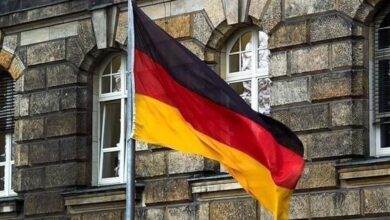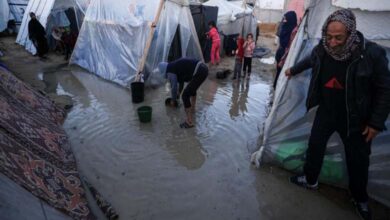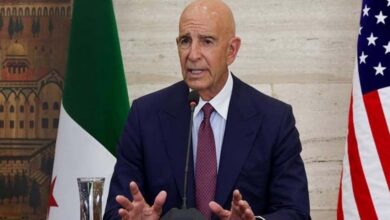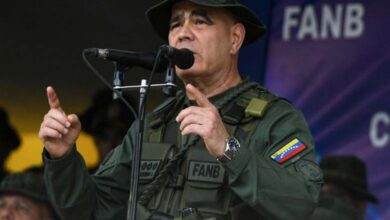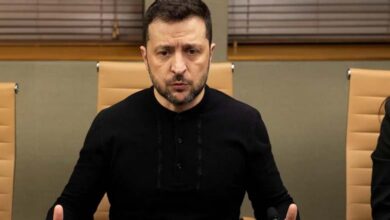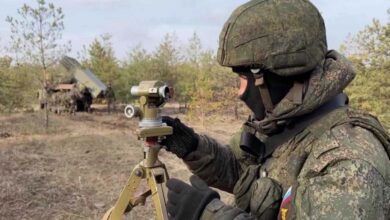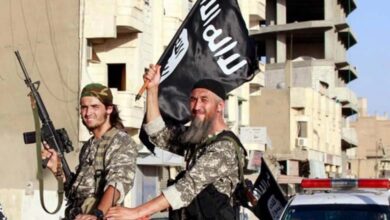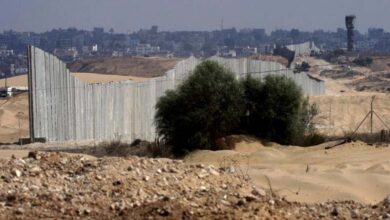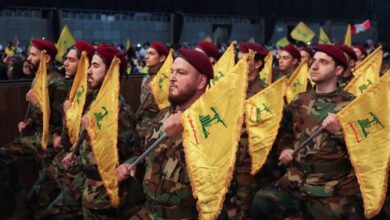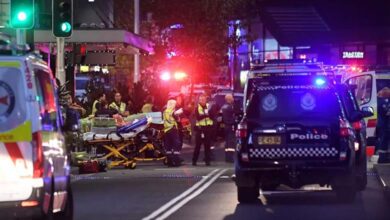Trump announces the start of Phase Two of the plan to end the Gaza war: pathway and obstacles
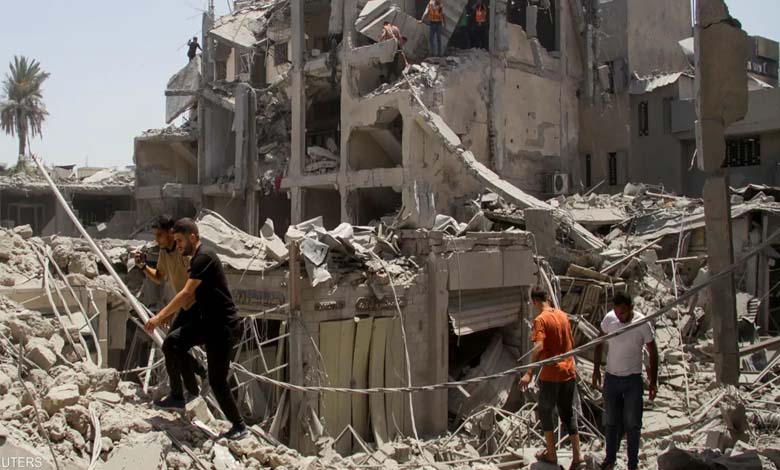
U.S. President Donald Trump announced that Phase Two of his plan to end the war in Gaza has begun, though he did not specify what this stage entails.
-
Gaza After the Truce: Total Destruction and a Return Amid the Rubble
-
Between War and Reconstruction: How Can Gaza’s Economy Rise from the Rubble?
Two elements of Phase One still need to be completed: the return of all deceased hostages—acknowledging that the process may take time—and the reopening of the Rafah crossing with Egypt, along with the unrestricted delivery of large-scale humanitarian aid into Gaza.
An international task force is expected to begin efforts to locate the bodies of hostages who have not yet been returned.
While Trump said yesterday that negotiations to implement Phase Two had started, he posted today on Truth Social that “Phase Two starts now.”
-
Morning of truce… Gaza bids farewell to war
-
The War Winds Down in Gaza as Israel Begins Gradual Withdrawal
Phase Two provisions
The president’s plan, the following steps have been identified as subsequent measures after the prisoner exchange:
Once all hostages are released, Hamas members who commit to peaceful coexistence and disarmament are granted a general amnesty, and a safe corridor is provided for members wishing to leave the Strip for host countries.
Gaza will be placed under temporary transitional governance by a technocratic, non-political Palestinian committee responsible for managing daily public services
-
Gaza Agreement Exposes the Muslim Brotherhood: Egypt as a Scapegoat to Divert from Internal Rift
-
From Gaza to Re’im: Details of the Hostage Transfer Plan
and municipal affairs for Gaza’s residents.
This committee will consist of qualified Palestinians and international experts, under the supervision of a new international transitional body called the “Peace Council,” chaired by President Donald Trump and joined by other heads of state to be announced later, including former UK Prime Minister Tony Blair.
This body will set the overall framework for Gaza’s reconstruction and its financing until the Palestinian Authority completes its reform program as outlined in previous proposals—including Trump’s 2020 peace plan and the Saudi-French proposal—and can safely and effectively regain control of the Strip.
-
Leak of a Humanitarian Annex to the Gaza Agreement Including the Reopening of the Rafah Crossing from Both Sides
-
Gaza Finally Breathes Again… Ceasefire Announcement Moment by Moment
The international body will apply best global standards to establish a modern, efficient system of governance that serves Gaza’s residents and attracts investment.
An economic development plan proposed by President Trump will be drawn up to rebuild and grow Gaza’s economy by assembling a team of experts who helped build some of the Middle East’s most prosperous cities.
Trump’s plan notes that many well-intentioned international groups have submitted well-studied investment proposals and innovative development ideas. These will be assessed to define the appropriate security and governance framework, with the aim of attracting and facilitating investment, creating jobs, and fostering hope for Gaza’s future.
-
Gaza Bids Farewell to Fire with Cheers and Tears, Awaiting the Implementation of the Agreement
-
How Many Hostages Remain in Gaza?
All military, terrorist, and offensive infrastructure—including tunnels and arms factories—will be destroyed and prohibited from being rebuilt. Disarmament in Gaza will be carried out under the supervision of independent monitors and will include permanently decommissioning weapons through an approved process supported by an internationally funded buyback and reintegration program, under the monitors’ oversight. The “new Gaza” will fully commit to building a thriving economy and promoting peaceful coexistence with its neighbors.
The United States will work with Arab and international partners to establish a temporary international stabilization force for immediate deployment in Gaza. Its mission will be to train and support accredited Palestinian police forces in Gaza, in consultation with Jordan and Egypt, both of which have extensive experience in this area.
-
Gaza Negotiations: Cautious Optimism in Sharm el-Sheikh as Mediators Join the Talks
-
The Fire of Loss in the Gaza War: No Bodies, No News
This force will serve as the long-term internal security solution and will work with Israel and Egypt to help secure border areas, in cooperation with the newly trained Palestinian police. Preventing the entry of munitions into Gaza is essential, as is facilitating the rapid and safe flow of goods to rebuild and revive the Strip. The parties will agree on a mechanism to avoid clashes or confrontations.
Challenges
Phase Two faces two core obstacles: the lack of a clear pathway and the absence of a timeline.
The plan contains neither detailed implementation steps nor schedules; these appear to be left to negotiations expected to be mediated by the agreement’s guarantors—the United States, Egypt, Qatar, and Turkey.
-
The Second Anniversary of the War: Terrifying Losses Beyond Numbers in Gaza
-
Two years into the Gaza war, Israel has gone from international sympathy to global isolation
Disarmament
Disagreements are likely. Hamas has refused to fully surrender its weapons—an explosive issue. The talks must define what types of weapons are to be handed over and to which entity—Palestinian, Arab, or international, and certainly not Israeli.
On Tuesday evening, Trump told reporters: “We told them we want them to disarm; if they don’t, we will disarm them. It will happen quickly, perhaps violently. But they will disarm, do you understand me?”
He added: “I spoke to Hamas and said: you will disarm, right? They said: yes, sir, we will disarm. That’s what they told me: either they disarm, or we will disarm them.”
-
Two Years of War in Gaza: How Destruction Spread Like Wildfire
-
900,000 Displaced: Israel’s Account of Civilians Fleeing Gaza City Southward
Trump was likely referring to last week’s meeting in Egypt between a Hamas delegation led by Khalil al-Hayya and U.S. Middle East envoy Steve Witkoff, along with President Trump’s son-in-law Jared Kushner.
The Peace Council
Hamas has also rejected placing Gaza under international trusteeship and has adhered to the Egyptian plan adopted by the Arab summit last March, which calls for forming a professional, non-factional Palestinian body to administer Gaza temporarily.
-
Curfew and Clashes: Hamas Attacks the al‑Majayda Family in Gaza, Deepening Residents’ Suffering
-
Dangerous Combat Zone: Israel Warns Gaza Residents Against Returning
Meanwhile, the Palestinian Authority says former UK Prime Minister Tony Blair promised it a certain role in Gaza, while Israeli Prime Minister Benjamin Netanyahu has repeatedly stated his opposition to any PA role in Gaza “the day after the war.”
Gradual withdrawal
Israel must also be persuaded to carry out further withdrawals from the Strip to enable any new council in Gaza to launch reconstruction efforts and allow residents to return to their homes, even if destroyed.
Currently, the Israeli army controls 53% of the Gaza Strip—an extensive hold that would affect any future plans for Gaza, including the potential deployment of an international force. Countries are expected to refuse to send troops if the Israeli army remains on the ground.


